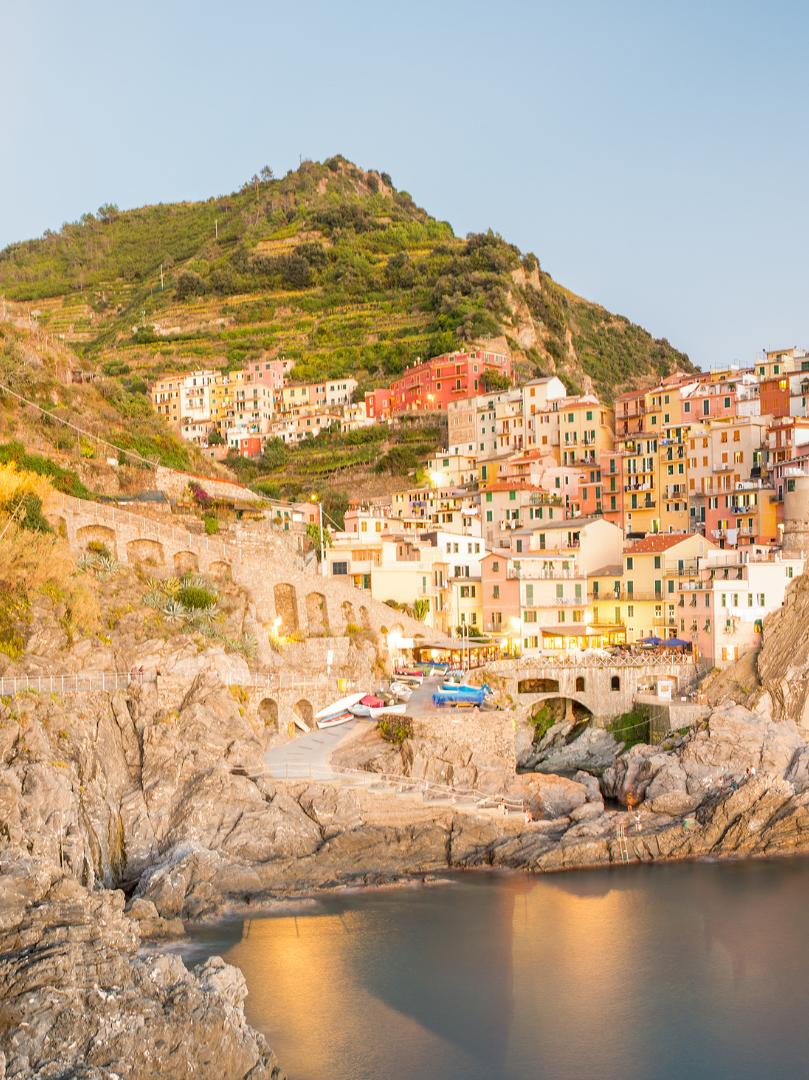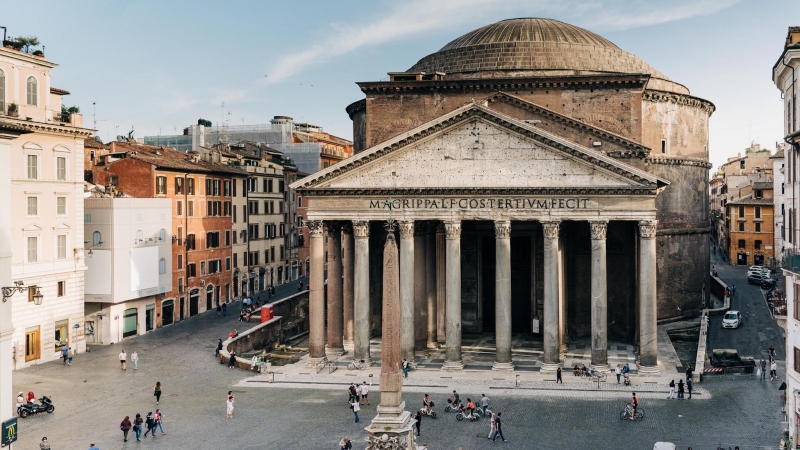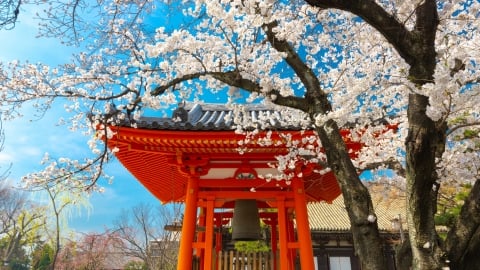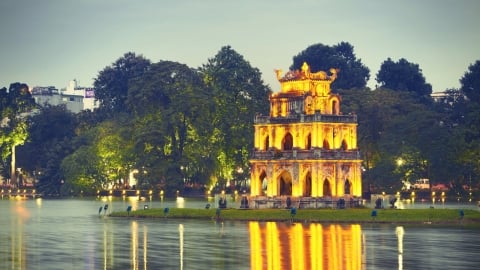In Italian, “Cinque Terre” means “five lands”, including 5 ancient villages: Monterosso del Mare, Riomaggiore, Vernazza, Corniglia and Manarola covered with brilliant colors, perched precariously on the hillsides and rocky cliffs close to the Mediterranean coast.
Cinque Terre is located in the Liguria region, northwest of Italy. The people here mainly work as fishermen, grape and olive growers. It takes just over an hour by train from Pisa to set foot in this dreamland. Over the centuries, Cinque Terre has retained its wild beauty and unique architecture along the 42km coastline. The common point of the 5 picturesque villages is that they are all located on steep cliffs.
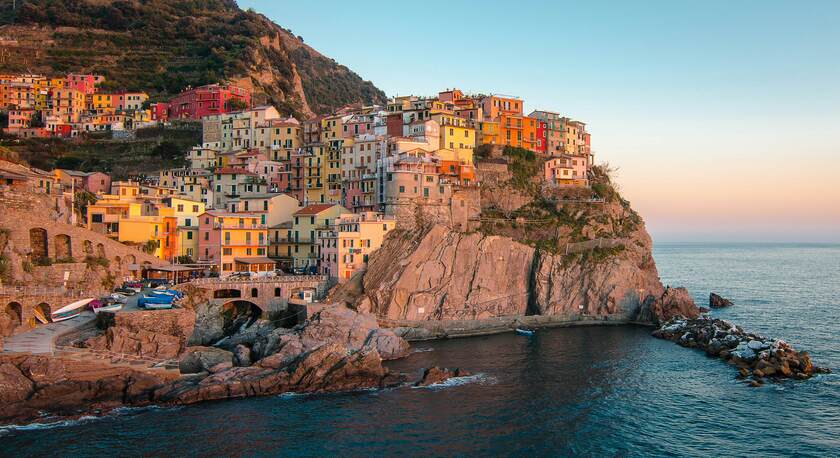
The poetic beauty of Italy is gradually disappearing due to the impact of overtourism.
Legend has it that their ancestors built their homes on the cliffs to escape the invading armies and the Greeks seeking a new life. Life here went on peacefully until the first color photos appeared in travel magazines and UNESCO recognized the site as a World Heritage Site in 1997.
Cinque Terre, a spectacular stretch of coastline with picturesque villages in northern Italy, is facing a major challenge from mass tourism. Recognizing the negative impacts on the environment, culture and the lives of local people, the government and the people of Cinque Terre have joined forces to protect the area's heritage.
In 2016, the Italian government introduced a policy to limit the number of visitors to Cinque Terre to a maximum of 1.5 million per year. This was an important step to control the overtourism that was putting pressure on the infrastructure, the environment and the lives of local people.
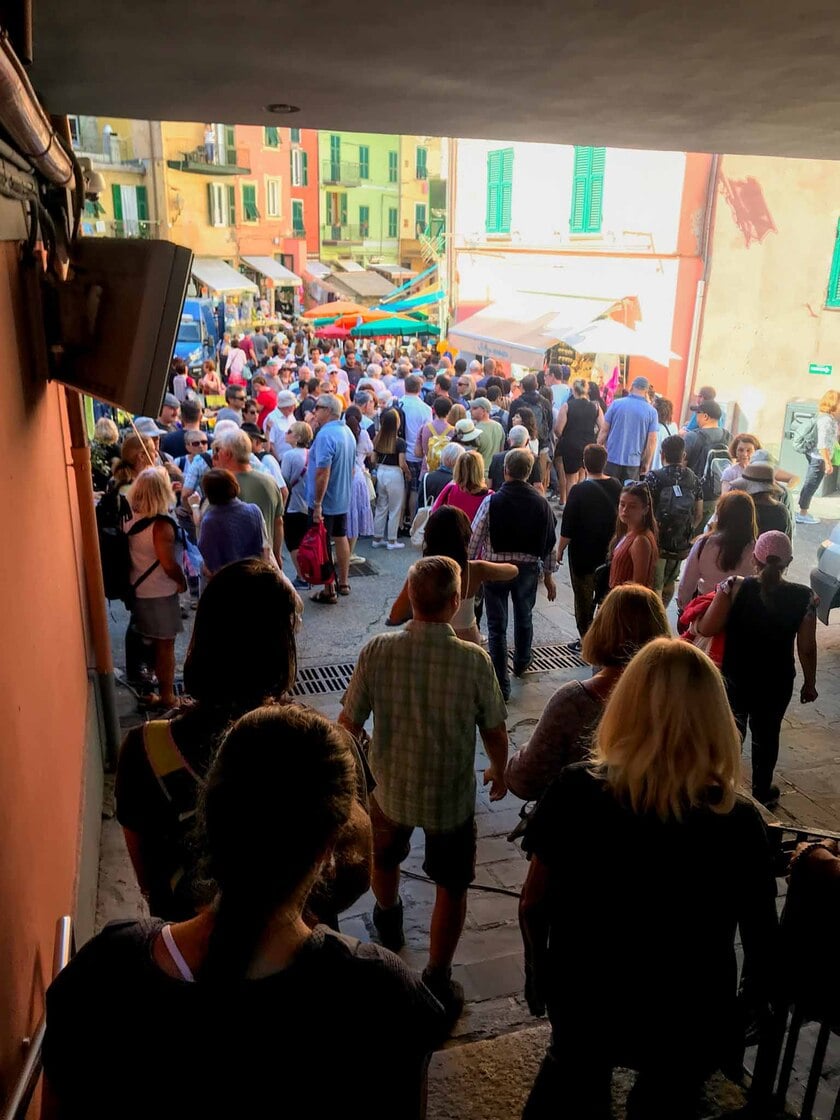
The large number of tourists is a wake-up call for the local authorities here.
To enforce this policy, Cinque Terre applies a ticket system. Visitors who want to visit the villages must buy tickets in advance, and the number of tickets sold each day will be limited according to regulations.
Additionally, visitor counting systems are installed on the roads leading to the five villages. When the number of visitors reaches the maximum for the day, the system will automatically notify and "close" Cinque Terre, limiting further visitors.
Instead of focusing on famous tourist attractions, Cinque Terre is aiming to develop experiential tourism, encouraging visitors to participate in activities such as hiking, kayaking, exploring local cuisine, etc. This tourism model helps visitors have the opportunity to fully experience the beauty and culture of Cinque Terre, while minimizing negative impacts on the environment.
Publicity and education campaigns are implemented to raise visitors’ awareness of environmental protection and respect for local culture. Visitors are encouraged to use public transport, reduce waste and comply with local regulations.
Cinque Terre is investing in sustainable infrastructure development, including wastewater treatment systems, renewable energy and environmentally friendly transport.
The effort to protect Cinque Terre from mass tourism is a prime example of the growing trend of sustainable tourism development around the world. Sustainable tourism not only benefits the environment but also contributes to the preservation of local cultural identity and improves the quality of life for local people.





